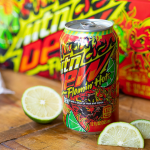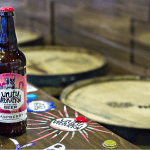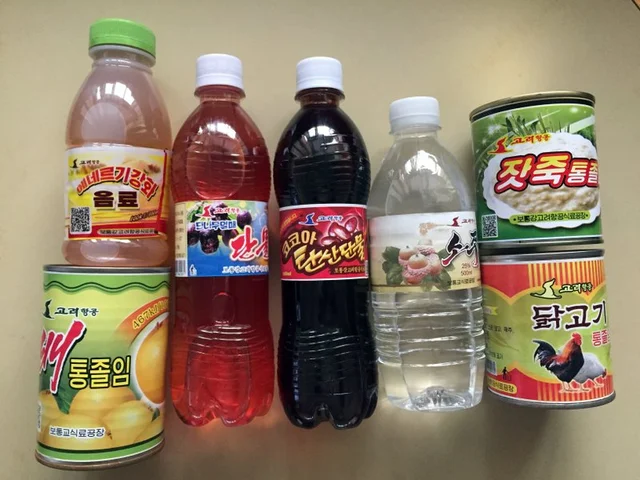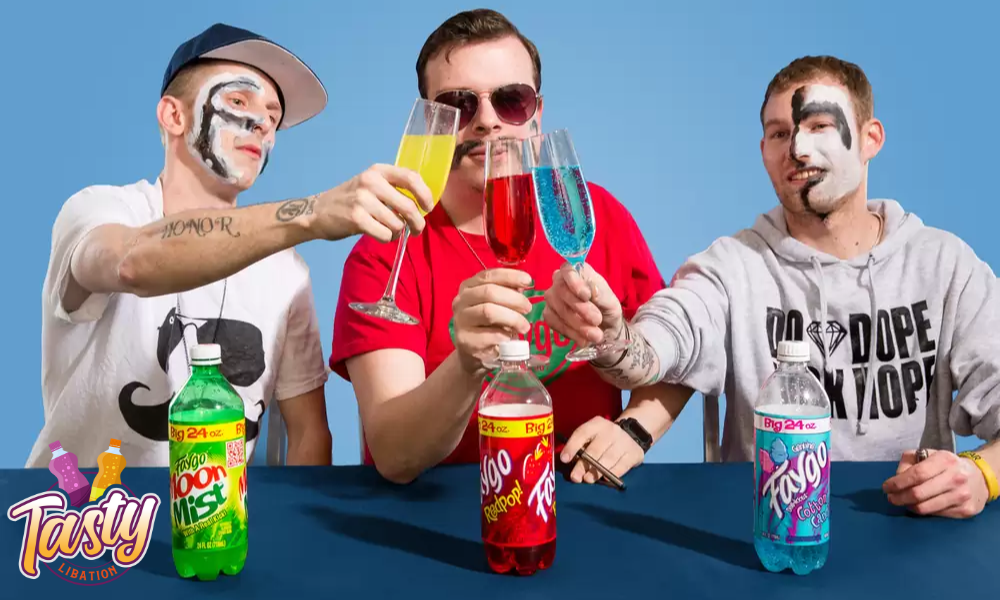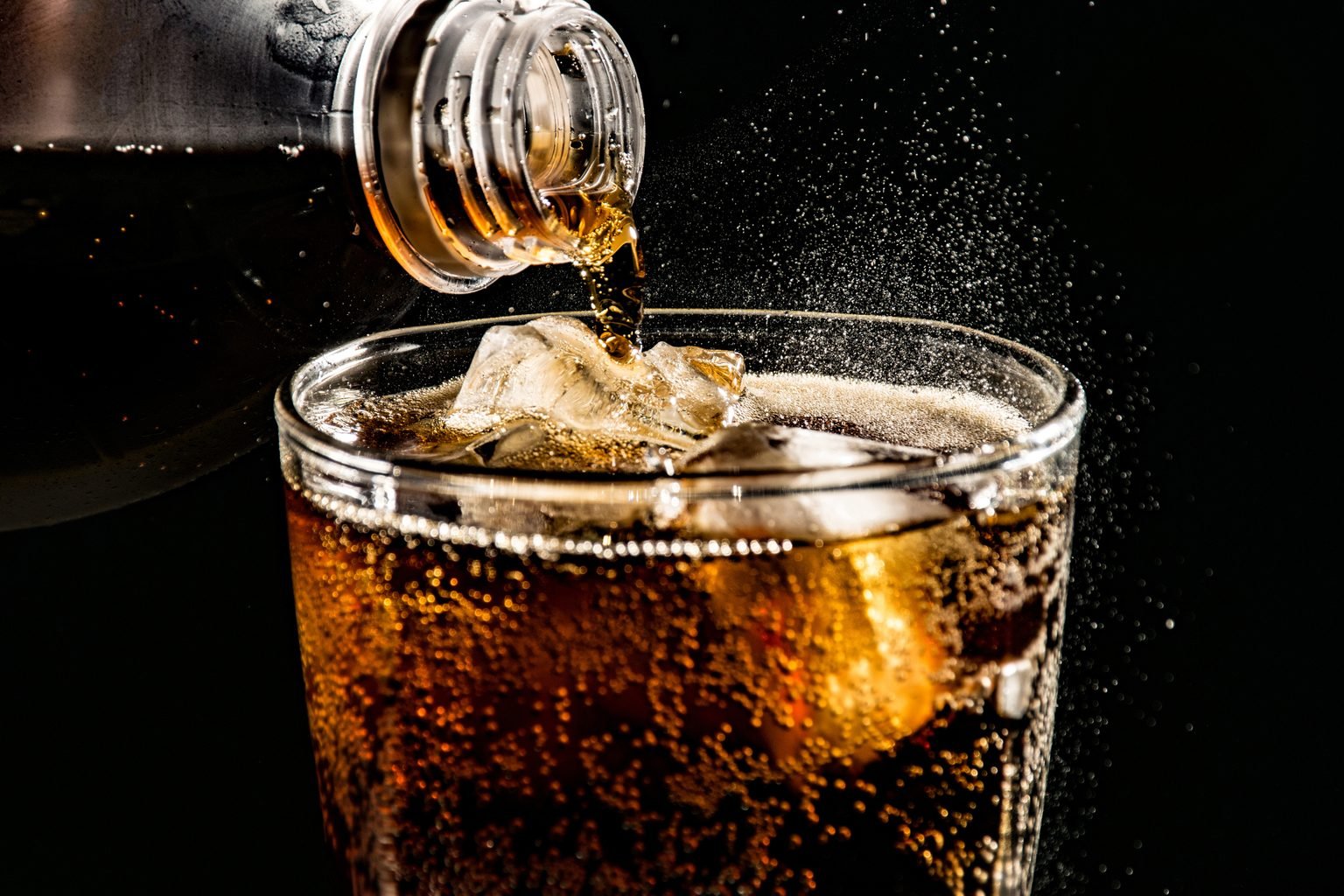In summer, everybody is looking for the perfect treat to satisfy their taste buds and thirst simultaneously. Moreover, on such days, there is nothing better than sipping a thirst-quenching, incredible sensation of an ice-cold soda in a bottle.
While you think nothing can compare to that, at the same time, your curiosity may arise about the origin of the soda bottle, especially with how, despite numerous inventions recently, soda bottles remain on the top. According to history, soda bottles dated back to the early 1840s and became popular around 1850.
In this article, we will look at history related to soda bottles and even more, so sit back and read all the wonders associated with this unique masterpiece!
What Is The Oldest Soda Bottle?
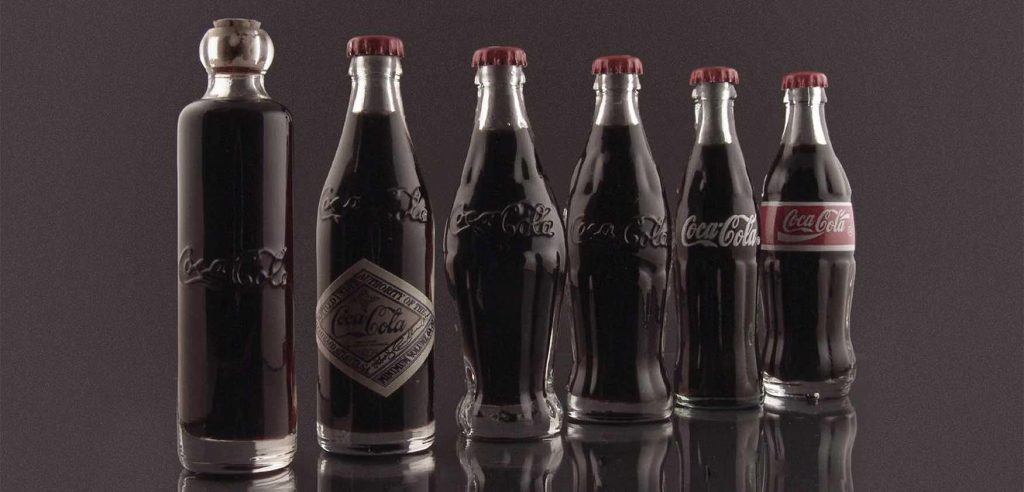
While soda is recognized worldwide among the best drinks, nobody can beat North America, Mexico, and the United States ranked first as the world’s first and second most soda consumers.
This will even make you imagine if soda originated from there or if the first soda was made there. Unfortunately, the history lies in Europe, miles away from the mentioned countries.
Additionally, even though Joseph Priestley and John North played an essential part in the invention of soda, the hero who first made soda bottles was Johann Jacob Schweppes. The latter created a way to bottle carbonated water, storing it under pressure to keep the fizz.
Around 1783 Schweppes established his company in Geneva before relocating to the company’s headquarters in England. So Schweppes is believed to be not only the oldest soda brand but also the first and oldest soda bottle in existence.
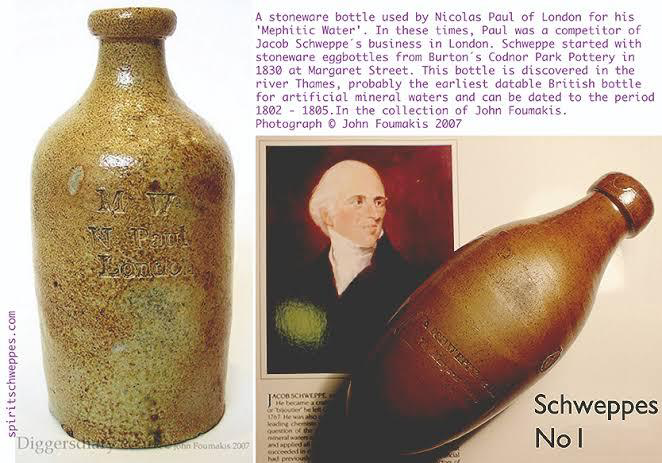
Why Are Soda Bottles Shaped The Way They Are?
Most brands shaped their bottles uniquely to protect the company from imitation. While this is a valid reason, there is more to it than saving it from forgery. The shape and design are essential to appeal to customers and have an eye-catching label and functional character.
Soda bottles come in a variety of shapes. The most common is a rounded shape, with a short neck and narrow mouth design. The shaping is to make sure it can withstand tension without deforming easily. The base design is made to support the fluid’s weight and keep the bottle steady and undeformable when it is filled.
The neck shape is to suit all handling requirements. The whole bottle is shaped the way it is to encourage more reuse and eliminate the need to use two hands to hold the bottle. Furthermore, the shaping, especially in wines, represents the history and tradition behind the wine’s origin.
Why Are Old Soda Bottles Different Colors?
Color is one of the descriptive elements that explains what a bottle’s recordation and classification are. Old soda bottles come in varying colors, some green, some colorless, and many more. The color variation is due to the constituents used in making the bottles.
In addition, the colors also play a vital role in the recycling process of the bottles. The colors given to the bottles have many purposes. However, it doesn’t affect the taste of the drink.
- Clear bottles
A clear bottle is used for drinks that can’t be affected by light.
- Green bottles
There are many different shades of green in bottles compared to other colors. Green bottles are made to protect the soda from light; this is why you see some wine and juice inside green bottles.
- Aqua
Some sodas were made in aqua glasses. However, aqua bottles became uncommon around the 1920s, replaced by colorless bottles.
- Brown, black, and UV bottles
Provides the best protection from light among the three. Light absorption can affect beer taste; this is why you mostly see it in a brown bottle. It absorbs UV radiation so that you won’t get a light-struck beer.
Back then, and even now, many companies used colored bottles for aesthetic, branding, and protection purposes. Moreover, recycling doesn’t affect the quality of the bottle, so it’s safe.
Why Did We Stop Using Glass Bottles?
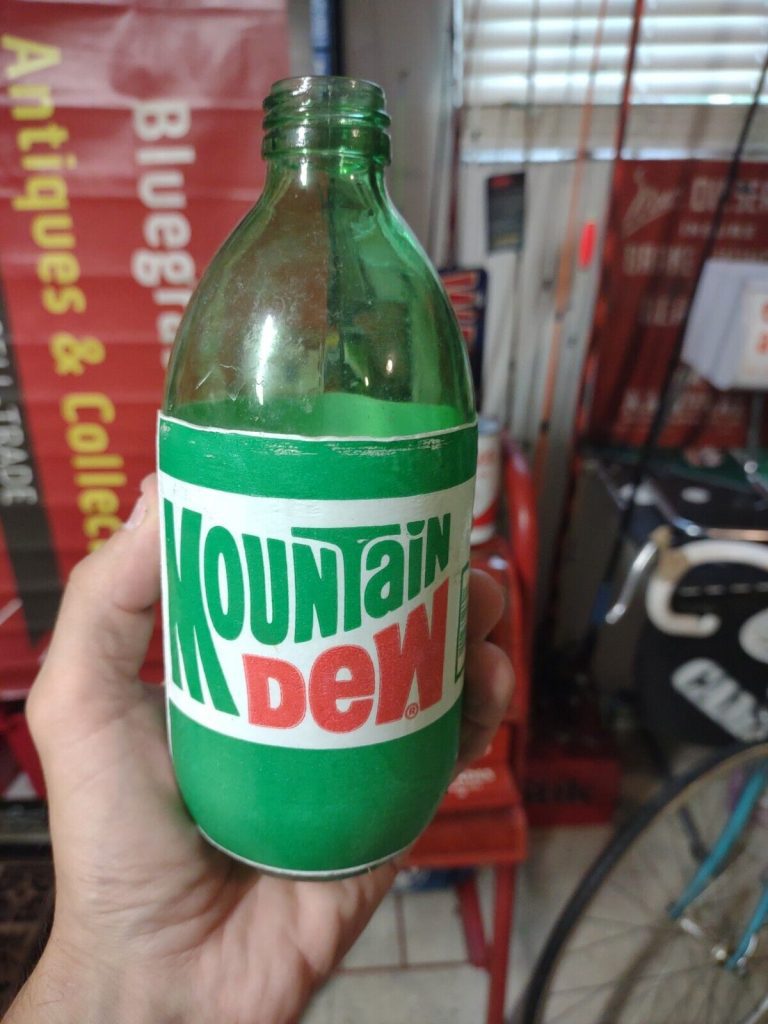
When was the last time you saw a soda drink packaged in a glass bottle? Over 3000 years ago, before the coming of plastic, glass bottles were valuable items. They were buddies because they could endure the carbonation pressure.
Plastic bottles started coming into use around 1970; the first plastic bottle was made in 1973. Unfortunately, since 2012, we have been seeing how glass bottles are going extinct. One of the reasons glass bottles slowly passed away into the beverage industry was the practice of returning glass bottles.
Plastic bottles overshadow glass bottles because they are believed to be easier to handle, less expensive, and can be quickly transported without much risk. In addition, plastic bottles are lightweight and can’t be easily broken, so they are considered superior to bottle glass.
However, what the companies haven’t understood is that although using plastic bottles has reduced risk, there are challenges of returning the bottles and more. It has a downside; reusable bottles significantly impact the environment by reducing excessive waste, while glass bottles are more hygienic and capable of preserving the drink without changing its color, flavor, aesthetic feelings, and aroma.
What Is The History Of Bottle Caps?
Bottle caps are items used to close the top opening of a bottle. Most of the caps are colorful, and some even carry the logo of their content brand. There are different types of bottle caps, including a crown cap that has 24 teeth, a cork seal, and a paper backing to prevent the content inside the bottle from spilling.
Flip top, consisting of plastic or ceramic stopper held by wires; before the invention of a crown cap, flip-top was the popular bottle cap. Other types include screw caps, glass stoppers, sports caps, etc.
The oldest known bottle caps are cork and wood bottle stops. Even today, companies still use cork to seal their bottles. The practice of using bottle caps arose in the middle of the 19th century, simultaneously with the use of glass bottles.
From 1856 to 1915, most soda companies used wire-attached mechanical caps for bottle closure, although the style was used with a few modifications. The bottle cap was invented in 1890 by William Painter; the British Queen’s crown inspired him, so he created a one-time-use cap with a crown cork lining and named it crown cork. Today, the crown cork is still widely used in the soda industry.
Around the 1900s, there was increased glass bottle protection leading to the massive demand for crown caps. Additionally, other industries started converting containers to bottles to use the crown up. Within 20 years, most soda drinks were using crown caps.
In the 1960s, crown caps’ cork lining was replaced with plastic due to the reduction in expensive synthetic materials and sparse cork resources. Furthermore, some of the crown caps were replaced with twisted-offs that don’t need an opener.
Today, the crown caps are replaced with aluminum and plastic pilfer proof on most soda containers; most companies use one-time and twist-off crown caps style.
Conclusion
Soda has now become one of the popular drinks that people depend on to quench their thirst, especially during hot weather. But the big question is, when was the soda bottle invented, and who invented it?
Even though there are many controversies regarding soda bottle origin, the first soda bottle was Schweppes, created by Johann Jacob Schweppes around the 1840s. Since then, the bottles became widely recognized until around the 1970s, when they started going extinct due to the invention of plastic bottles.


